This article was co-authored by wikiHow Staff. Our trained team of editors and researchers validate articles for accuracy and comprehensiveness. wikiHow's Content Management Team carefully monitors the work from our editorial staff to ensure that each article is backed by trusted research and meets our high quality standards.
This article has been viewed 937,981 times.
Learn more...
You may find yourself needing to check your current network connectivity when using your Windows computer. There are a few simple methods that you can use to accomplish this. For Windows 10, you can access the Network and Sharing Center. For all other users, the “netstat,” or network statistics, is a command-line tool that can be used to uncover problems or detect the amount of traffic in the network. Fortunately, this command can be employed in a few simple steps.
Steps
Accessing the Network and Sharing Menu in Windows 7 through 10
-
1Click Start.
-
2Go to Settings.Advertisement
-
3Select "Ethernet" under the options of "Network & Internet".
-
4Go to the Network and Sharing Center. The Network and Sharing Center is a feature of Windows 10 where you can find that status of your network, the type of connection you have, if you can connect to other computers other than your own, and if you are connected to your network or the internet.[1]
-
5Click on the icon next to "Connections." This should correspond to your connection type, for example "Ethernet" will be paired with an ethernet cable "plug" and a wireless network connection will be paired with five bars.[2]
-
6Click Details. This will prompt a window to display that will show the details of your network connection.
Using the Network Connections Folder in Windows 7
-
1Open the Start menu.
-
2Search "ncpa.cpl" without the quotation marks in the search box.
-
3Wait for the Network Connections Folder to display. This will show you all of the available connections on your network.
-
4Right click on the connection you want.
-
5Select Status in the drop down menu.
-
6Wait for the Network Connection Status page to appear. This is where you will be able to view the status of the network. You can select Details for more information.[3]
Using the Netstat Command in Vista or Later
-
1Go to the Start menu.
-
2Search “cmd.” Enter "cmd" without the quotation marks in the search box if on Vista or a later version of Windows to open the command prompt.[4]
-
3Wait for a black window, or terminal, to appear. This is where you will enter your netstat command. There are a few different options that you can use and some of the more popular are listed below.
-
4Enter netstat -a to show current connections. This command will show you a list of your current TCP, or Transmission Control Protocol connections and ports, with the physical computer name listed for local addresses and the host name listed for remote addresses. It will also tell you the state of the port (waiting, established, etc…)[5]
-
5Enter netstat -b to show which programs are using connections. This command will show you the same list as netstast -a but it will also show you which programs are using the connections/ports.[6]
-
6Enter netstat -n to show IP addresses. This command will show you the same list of TCP connections and ports, but with numerical, or IP addresses instead of the actual names of the computers or services.[7]
-
7Enter netstat /? to show the different commands that are available to you. This command will provide you with the statistics for all of the variations of the netstat protocols.[8]
-
8Check active network connections. Once you have entered your netstat command, a list of TCP/UDP connections with IP addresses will appear.
Using the Netstat Command in XP
-
1Press Start.
-
2Click "Run." This will prompt a text box to appear.
-
3Type "cmd" without the quotation marks.
-
4Wait for a black window, or terminal, to appear. This is where you will enter your netstat command. There are a few different options that you can use and some of the more popular are listed below.
-
5Enter netstat -a to show current connections. This command will show you a list of your current TCP, or Transmission Control Protocol connections and ports, with the physical computer name listed for local addresses and the host name listed for remote addresses. It will also tell you the state of the port (waiting, established, etc…)[9]
-
6Enter netstat -b to show which programs are using connections. This command will show you the same list as netstast -a but it will also show you which programs are using the connections/ports.[10]
-
7Enter netstat -n to show IP addresses. This command will show you the same list of TCP connections and ports, but with numerical, or IP addresses instead of the actual names of the computers or services.[11]
-
8Enter netstat /? to show the different commands that are available to you. This command will provide you with the statistics for all of the variations of the netstat protocols.[12]
-
9Check active network connections. Once you have entered your netstat command, a list of TCP/UDP connections with IP addresses will appear.
Community Q&A
-
QuestionWhy isn't my computer shown in the network group?
 Community AnswerYour computer is probably not set to work with the networking group then. You need to re-configure that correctly.
Community AnswerYour computer is probably not set to work with the networking group then. You need to re-configure that correctly. -
QuestionHow do I get access on other websites using my active network connections?
 Community AnswerIf you have the proper credentials, use an ssh-connection, if this port is open on the website you would like to access.
Community AnswerIf you have the proper credentials, use an ssh-connection, if this port is open on the website you would like to access.
References
- ↑ http://windows.microsoft.com/en-us/windows-vista/view-the-status-of-your-network
- ↑ http://www.cox.com/residential/support/internet/article.cox?articleId=2431aa40-1d50-11e2-4953-000000000000
- ↑ https://technet.microsoft.com/en-us/library/gg252549(v=ws.10).aspx
- ↑ http://superuser.com/questions/11207/how-can-i-see-all-active-connections
- ↑ https://technet.microsoft.com/en-us/library/ff961504.aspx
- ↑ https://technet.microsoft.com/en-us/library/ff961504.aspx
- ↑ https://technet.microsoft.com/en-us/library/ff961504.aspx
- ↑ https://technet.microsoft.com/en-us/library/ff961504.aspx
- ↑ https://technet.microsoft.com/en-us/library/ff961504.aspx
About This Article
To see your active network connections in Windows, start by selecting Settings in your Start menu and going to Ethernet. Then, click on the Network and Sharing Center before choosing the icon that’s next to Connections. On the next page, click on Details to display information about your network connection. Alternatively, if you’re using Windows 7, open the Start menu and type NCPA.CPL into the search box. After the Network Connections folder opens, right click on the connection you want and choose Status from the dropdown menu. After the Network Status page loads, go to Details to find out more about the connection. For tips on how to get network connection details on Windows Vista or XP, keep reading!
-Step-1-Version-4.webp)
-Step-2-Version-4.webp)
-Step-3-Version-4.webp)
-Step-4-Version-4.webp)
-Step-5-Version-4.webp)
-Step-6-Version-4.webp)
-Step-7-Version-4.webp)
-Step-8-Version-2.webp)
-Step-9-Version-2.webp)
-Step-10-Version-2.webp)
-Step-11-Version-2.webp)
-Step-12-Version-2.webp)
-Step-13-Version-2.webp)
-Step-14-Version-2.webp)
-Step-15-Version-2.webp)
-Step-16-Version-2.webp)
-Step-17-Version-2.webp)
-Step-18-Version-2.webp)
-Step-19-Version-2.webp)
-Step-20-Version-2.webp)
-Step-21-Version-2.webp)
-Step-22-Version-2.webp)
-Step-23-Version-2.webp)
-Step-24-Version-2.webp)
-Step-25-Version-2.webp)
-Step-26-Version-2.webp)
-Step-27-Version-2.webp)
-Step-28-Version-2.webp)
-Step-29-Version-2.webp)


-Connection-Step-12-Version-5.webp)

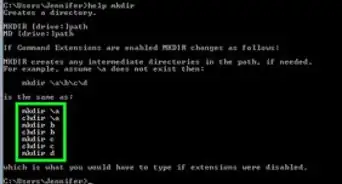
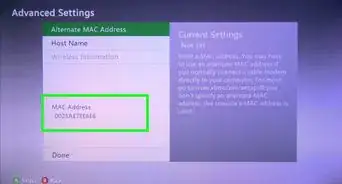

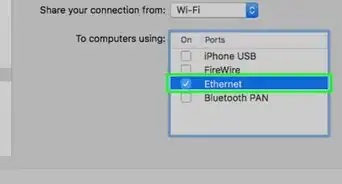
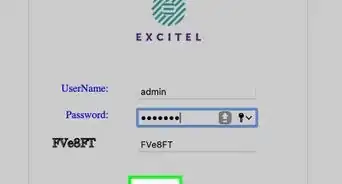
-Step-26-Version-2.webp)
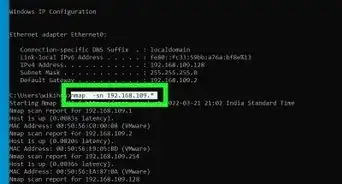













-Connection-Step-12-Version-5.webp)



































